Graeme Haycroft celebrated the tenth anniversary of Red Unions, a collection of professional associations, mainly for nurses and teachers, at the annual conference of The Red Unions in Brisbane held on the weekend. He has been instrumental in providing an alternative representation of workers’ voices.
The Red Unions, a movement that emerged from the frustrations of a few nurses, began as a response to their union’s stance on mandated COVID-19 injections and the lack of support over the automated payment system issue. These nurses, who felt their voices were not being heard, formed the first Red Union, advocating against vaccine mandates and demanding fair restitution under the payment system.
Consequently, the newly formed professional association recruited many who wanted a voice. Ten years later, the Nurses Professional Association has registered 15 per cent of nurses in Queensland. With teachers and other associations under the Red Hub, there are more than 20,000 members in Australia.
These are significant milestones. The Red Union Hub is a business that serves various union entities, leaving the membership to run their union. The company and the unions are growing strongly, starkly contrasting with the run-of-the-mill unions, which struggle to recruit despite their monopoly provider status. Red Unions outnumber the membership of many traditional unions.
The run-of-the-mill unions hate competition from Red Unions and had their political arm - the Labor government - pass legislation in 2022 to ban Red Unions from representing their members in the Queensland Industrial Relations Commission and before the Workcover and Workplace Health and Safety Tribunals.
Not to be denied, these exclusions have been overcome by allowing lawyers to represent Red Union members. Red Union Hub now has its legal team. As hard as Labor is working to exclude competition for its traditional union base, Red Unions are slowly tearing down the walls of the exclusive Labor-union monopoly. Labor knows that if its union base is weakened, a crucial source of income and election-time door-knockers will go with it.
The pity is that the Opposition LNP does not appear to support competition in worker representation. They seem distant from, or uninterested in, employment relations.
A critical factor in the Red Unions' success is their ability to offer services comparable to traditional unions at a significantly lower cost. The Red Union Hub has carefully calculated the cost of providing these services. For instance, the annual membership fee for the nurse’s and teacher’s unions is about $720, while the nurse’s and teacher’s professional associations charge a more affordable $440.
Nurses and teachers wanted something less political and more focused on providing industrial support and professional indemnity insurance. Because of that focus, union member fees are much less expensive. The unions also cover police, independent workers, and doctors.
The union constitutions prohibit political donations or in-kind support to political parties. While the Red Union does not have a partisan political purpose, it does have a political purpose in challenging the operation of hospitals and schools. The growth of public servants running centralised systems of administration has been so extreme that Red Unions believe that locally administered hospitals and schools will be less expensive, leaving more money on the table for the professions.
The ratio of nurses to public servants in the Queensland public hospital system is 2 to 1. The same is true of Queensland state schools and the education department. A Go-local campaign will commence to influence political debate and help people understand the cost of centralised management systems and their effect on professionals’ ability to get on with their work.
An example of a campaign closely aligned with teachers’ concerns is student behaviour. The Union reports that teachers see classroom disruption as the worst it has ever been. The union argues that teachers cannot be expected to parent students, and schools must have the capacity to discipline poor behaviour.
The Teachers Professional Association of Queensland is campaigning to return decision-making power to local schooling communities, granting teachers the autonomy to manage student discipline effectively. The hope is to have locally elected boards with equal parent and teacher representation, allowing locals to make decisions on student discipline, staffing arrangements, and curriculum, leaving teachers free to focus on teaching.
Similar campaigns will be run for nurses to wrest control of public hospitals from centralised bureaucracy. Competition for worker representation may have seemed unlikely ten years ago, but it is blossoming in Queensland and spreading to the rest of Australia.
Gary Johns is chair of Close the Gap Research










